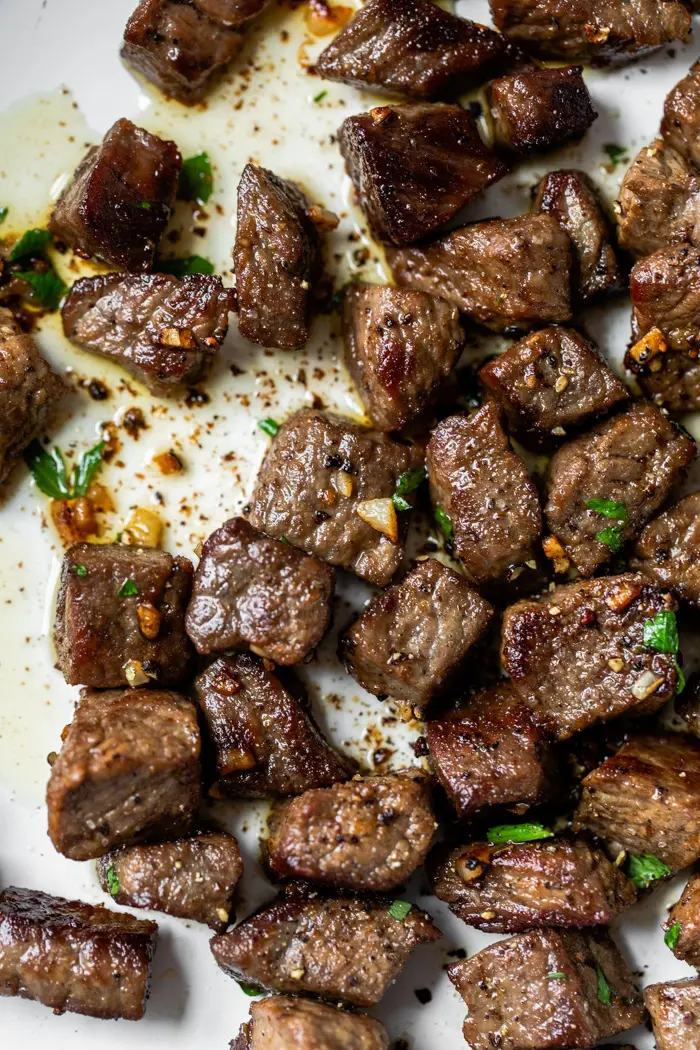Checking Out the Various Cuts of Meat: A Guide to Perfect Selections
Wiki Article
From Farm to Table: Fresh and Costs Meat Choices
The trip of meat from ranch to table encapsulates an intricate interplay of quality, values, and sustainability. This change not only enhances the nutritional account of meat but likewise supports neighborhood economies.Comprehending Meat Sourcing
As customers come to be increasingly knowledgeable about the origins of their food, comprehending meat sourcing has actually obtained vital value. Meat sourcing involves tracing the journey of meat from farm to table, including numerous elements such as farming methods, pet well-being, and environmental effect. This understanding empowers customers to make enlightened choices that line up with their worths, particularly concerning sustainability and ethical considerations.The sourcing of meat can differ considerably based on several requirements, including the kind of animals, farming techniques, and geographical area. As an example, grass-fed beef frequently comes from pasture-based systems that advertise pet welfare and reduce environmental deterioration. On the other hand, conventional meat may entail extensive farming techniques that raise worries regarding antibiotic use and environment damage.
Recognizing the particular ranch or region where the meat comes from helps consumers make certain top quality and security. Ultimately, comprehending meat sourcing not just enhances customer selection yet additionally cultivates responsible intake and sustains moral farming methods.
Advantages of Fresh Meat
Selecting fresh meat provides numerous advantages that expand past taste and structure. Fresh meat normally keeps greater nutritional worth contrasted to its frozen or processed counterparts. It is usually richer in important minerals and vitamins, such as B vitamins, iron, and zinc, which are critical for keeping general health and wellness.Furthermore, the sourcing of fresh meat frequently involves shorter supply chains, minimizing the time between farm and table. This indicates that the meat is less likely to shed its nutritional integrity throughout transport and storage. Furthermore, consumers can experience enhanced preference and juiciness, which can elevate cooking experiences.
Fresh meat also offers a chance for consumers to support neighborhood farmers and advertise sustainable agricultural techniques. When buying from neighborhood sources, people can add to their local economic situation and promote a better link to the food they consume.
Finally, fresh meat is typically devoid of the preservatives and additives commonly located in processed alternatives. This makes it a cleaner, much healthier option for those aiming to lessen their intake of artificial active ingredients. Overall, the advantages of selecting fresh meat include health and wellness, taste, and a sense of community engagement.
Pet Well-being Criteria
Guaranteeing high animal welfare requirements is necessary for both moral considerations and the high quality of meat items. The treatment of livestock directly influences not only the ethical ramifications of meat go to this site production however also the general high quality and security of the end items. Pets raised in gentle conditions are less stressed out, leading to healthier animals and, as a result, premium meat top quality.Laws and accreditations concerning pet well-being have actually become increasingly substantial in the meat market. These frameworks make certain animals are given with ample space, proper nutrition, and humane handling throughout their lives. Practices such as pasture-raised systems and free-range atmospheres add to far better pet well-being by permitting pets to exhibit all-natural actions, which is essential for their wellness.
Moreover, consumers are coming to be extra critical relating to the sources of their meat, resulting in a growing demand for products that comply with rigid pet welfare criteria. This change not only advertises moral farming practices but additionally urges producers to adopt actions that boost the health and wellness and well-being of their animals. Meat. Inevitably, prioritizing animal welfare is not simply an ethical imperative; it is additionally a path to generating premium-quality meat that fulfills consumer expectations
:max_bytes(150000):strip_icc()/garlic-butter-prime-rib-FT-RECIPE0621-fca73e5fa8e046b0b03982757db51628.jpg)
Lasting Farming Practices
Lasting farming techniques play an important duty in improving both animal well-being and the quality of her explanation meat items. By carrying out rotational grazing, farmers can advertise healthy and balanced pasture ecological communities, allowing animals to feed on nutrient-rich lawns while avoiding overgrazing.Furthermore, sustainable farming typically integrates integrated bug monitoring and natural feed alternatives, decreasing making use of dangerous chemicals. This approach not just safeguards animal well-being but also leads to cleaner, more secure meat products for consumers. Water conservation methods, such as rainwater harvesting and efficient watering systems, better contribute to sustainable methods, ensuring that sources are made use of judiciously.
In addition, promoting biodiversity through polyculture systems and protecting habitats for wild animals boosts the resilience of farming communities. By focusing on these sustainable methods, farmers can create top quality meat that satisfies consumer need while advertising ecological balance. Eventually, accepting sustainable farming techniques is important for creating an extra accountable and resistant Visit Your URL food system that profits animals, farmers, and customers alike.
Choosing High Quality Over Quantity
Often, consumers are confronted with the predicament of selecting between amount and quality when it pertains to meat items. While buying larger quantities might appear economically beneficial, the long-term advantages of choosing top quality meat much outweigh the prompt financial savings. Quality meat is often sourced from pets elevated in sustainable settings, where they are offered appropriate nourishment and care, resulting in remarkable taste and nutritional worth.Top notch meats are commonly devoid of unsafe additives, hormones, and anti-biotics that are usually present in mass-produced alternatives (Meat). This not just makes sure a much healthier dining experience but also supports ethical farming techniques that prioritize animal well-being. In addition, costs meats tend to have a much better texture and flavor, improving the general cooking experience
Investing in top quality meat encourages consumers to value smaller sections, enabling an extra mindful strategy to consuming. This shift not just influences individual health and wellness positively yet additionally promotes sustainable intake patterns that can benefit the setting. Finally, prioritizing quality over quantity when picking meat products fosters a more responsible and health-conscious way of life, eventually enhancing both the eating experience and the world.
Conclusion

Report this wiki page